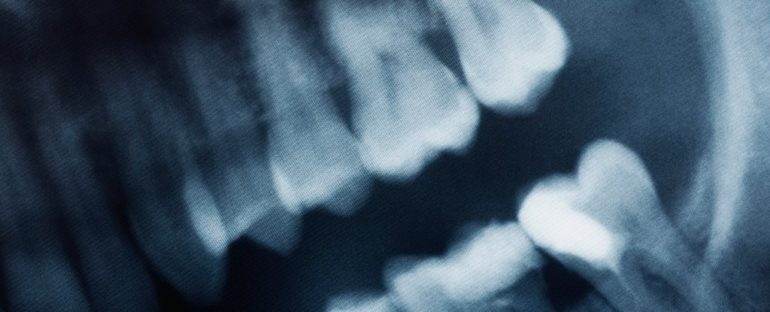We humans like to take our time when it comes to growing up. Among the great apes, only chimpanzees come close to stretching out the years between key developmental milestones.
But even chimps are ready to get crunching with a full set of chompers by the time they’re sexually mature. Homo sapiens don’t grow their last few teeth until they’re nearly out of the teenage years.
This mystery of the molars is a tricky one to solve, in spite of their emergence playing such a critical role in tracking shifts in our evolution. But researchers from the University of Arizona in the US now think they might have cracked it.
“One of the mysteries of human biological development is how the precise synchrony between molar emergence and life history came about and how it is regulated,” says anthropologist and lead author, Halszka Glowacka.
With the assistance of Gary Schwartz, a paleoanthropologist with the University of Arizona’s Institute of Human Origins, Glowacka gathered examples of different skulls to compare their development.
Turning the bones and teeth of 21 species of primate into 3D models, the researchers were able to work out that the timing of our adult molars has a lot to do with the delicate balance of biomechanics in our growing skulls.
The adult forms of the teeth we use to grind our food into a paste typically emerge from our gums in three stages – at around 6, 12, and 18 years of age (give or take).
Other primates get their adult molars earlier. For all our similarities in growth stages, the chimpanzee (Pan troglodytes) gets their molars at 3, 6, and 12. The yellow baboon (Papio cynocephalus) has its last adult molars out by age seven, and the rhesus macaque (Macaca mulatta) is all done by the time they’re six.
One important factor constraining the timing of when teeth can appear is space. If the jaw isn’t big enough for an adult-sized dental set, there’s no point in squeezing them in.
Humans don’t exactly have a lot of mouth space as it is, with impacted wisdom teeth a major problem for our species. But this doesn’t explain why they pop up so late in our lives, or why the very back ones seem to be increasingly causing trouble.
Having an empty space for a tooth to grow doesn’t make it a good idea to put one there, though. Teeth don’t crunch all on their own – there’s a whole lot of muscles and bone supporting them, ensuring sufficient pressure can safely tear and grind up our food.
And it’s ‘safety’ that seems to be behind our tardy tooth growth.
“It turns out that our jaws grow very slowly, likely due to our overall slow life histories and, in combination with our short faces, delays when a mechanically safe space – or a ‘sweet spot,’ if you will – is available, resulting in our very late ages at molar emergence,” says Schwartz.
The back molars in primates sit just in front of two temporomandibular joints, which together form a hinge between your jaw and the skull. Unlike other joints in our body, the two pivots have to operate in perfect sync with one another. They also need to transfer a fair degree of force onto one or more points to get you biting and chewing.
In biomechanics, this three-point-process is governed by principles within something called the constrained level model. Put a tooth in the wrong spot, and the forces produced under this model could be bad news for a jaw that simply isn’t big enough to cope.
For species with longer jaws, the time it takes for the skull to develop a suitable structure for teeth closest to the muscles near the hinge is relatively brief.
Humans, with our significantly flatter faces, have no such luck, needing to wait until our skulls have developed to a point that the forces put on each set of adult molars won’t damage our growing jaw.
Not only does this give us a new way to evaluate dental conditions, such as impacted molars, but it could help paleontologists to better understand the evolution of our unique jaws among our hominid ancestors.
“This study provides a powerful new lens through which the long-known linkages among dental development, skull growth and maturational profiles can be viewed,” said Glowacka.
This research was published in Science Advances.



